During your stay in Paris, take the time to visit the Louvre Museum and discover the thousands of works there.
Going to Paris without visiting the Louvre Museum may seem inconceivable. Uncontournable from the French capital, the Louvre allows to discover ancient civilizations and Western art from the Middle Ages to the mid-19th century. Beyond these numerous collections, it is also a masterpiece in terms of architecture. Headquartered in power for several decades, the Louvre invites you to discover the history of France, and more globally the history of the world.
Historic Rapid of the Louvre Museum
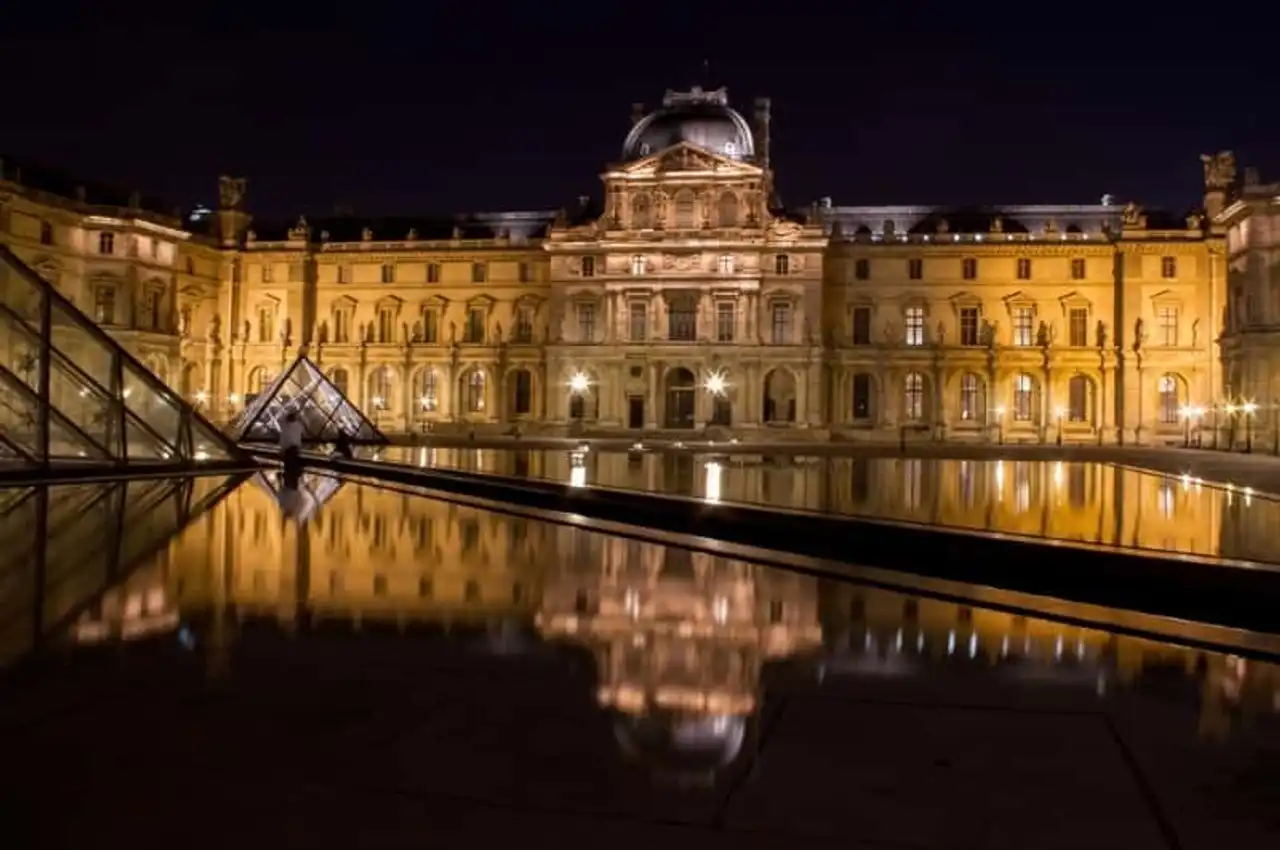
Photo credit: Shutterstock / Nigel Wiggins
The origin of the Louvre dates back to the 1190s. At that time, Philippe Auguste decided to protect Paris by erecting a fortified enclosure. The weak point of Paris lies in the junction of the fortification with the Seine. It then seems essential to build a castle there. And this is how the Louvre is born.
Progressively, the Louvre loses its protective function to become the residence of the kings of France. In 1528, François I officially declared the Louvre as its main residence. After the Revolution, all the French regimes will reside there until 1870. The Tuileries will welcome the revolutionary committees with Robespierre, the Management Board and the Consulate. After the revolutionary period, Napoleon settled there. After his defeat in Waterloo, it was then in the turn of Louis XVIII, Charles X and Louis-Philippe to remain in the Tuileries. The architecture of the Louvre is revisited by every new sovereign.
During the Third Republic, the Louvre Museum is mainly occupied by state administrations. Since the art market was very competitive at that time, the Louvre faced several difficulties, including the flight of the famous Joconde in 1911. But thanks to numerous donations, the Louvre sees its collections expanding to become today a museum of international renown.
What to see and do at the Louvre Museum?
The Louvre brings together thousands of more exceptional works than others. However, there are some must-sees to be missed when you go to the Louvre Museum. Wanderlix has selected for you the six most impressive works of the museum.
La Joconde
The Joconde is obviously the most famous work of the Louvre Museum and perhaps even of the world. Directed by Leonardo da Vinci in the early 16th century, Mona Lisa's portrait serves as a reference to many artists across the globe.
Every day, more than 20,000 people visit the Louvre to admire this portrait that contains more than one mystery. Indeed, the Joconde intrigues for his smile, his look, the identity of his model, and full of other details. So if you come to visit the Louvre, go through the first floor and look for answers to the puzzles that surround Mona Lisa's portrait.
The Venus of Milo
The Venus de Milo is a Greek sculpture dating from the Hellenistic era, more than 2000 years ago. Her name Venus comes from the fact that she would represent the goddess Aphrodite who is the goddess of Love. Now, according to Roman mythology, Aphrodite is called Venus. For Milo, this is the place where sculpture was discovered in 1820; the island of Milos in the Cyclades in Greece.
Just like her current representation, the Venus de Milo would have been found on the island of Milos without her arms. This raised many questions about his transfer to France.
Freedom guiding the people
A representative work of France, Freedom guiding the people was painted by Eugene Delacroix in 1830. This is the masterpiece of the Galerie du Temps. Besides its artistic aspect, this canvas has a very strong political reach. It was inspired by the Three Glorieuses revolution. Today it serves as a symbol for the representation of the French Republic or democracy. Still very current, it can also embody a revolutionary ideal during demonstrations.
The stele of Hammurabi's code
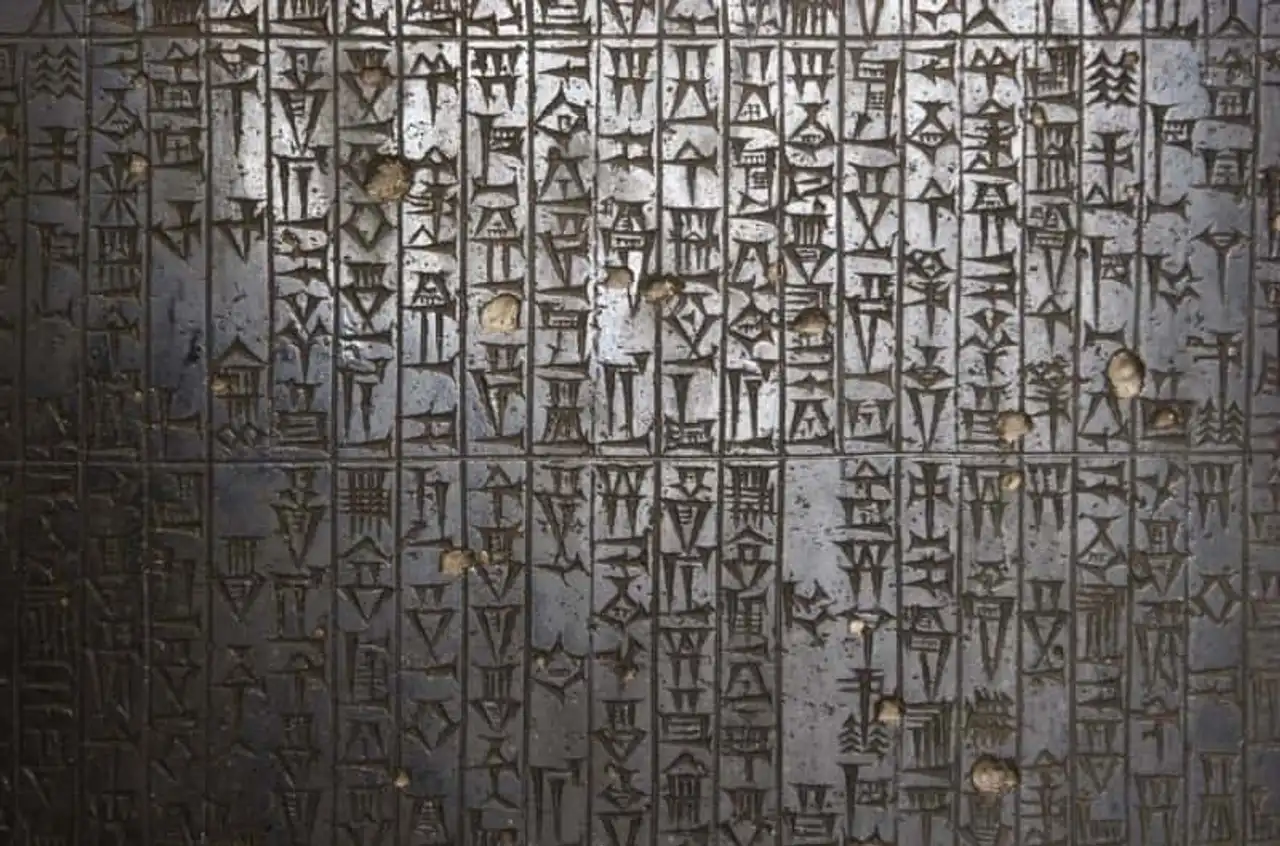
Photo credit: jsp on Shutterstock
The Louvre is full of treasures. This is how you can admire the stele of the Hammurabi code. It is a legal text of Babylon that dates back to the 1750s before Jesus Christ. With a height of more than 2 meters, you will be impressed by this stele. Founded in Iran, this is the most comprehensive law for the Middle East. In addition to the scriptures, you will see a sculpture representing King Hammurabi in front of God Shamash who is the God of the Sun. This represents its investment with the sceptre and the ring.
The statue of Ain Ghazal
The Louvre houses works of all times and places. When you visit the Louvre Museum, discover the statue of Ain Ghazal which is the oldest sculpture in the building. It is a statue with a shape dating back to 9,000 years. It was discovered in Ain Ghazal in Jordan in 1985.
The wedding of Cana
A must-see work of the Louvre Museum, the wedding feast of Cana represents Christ. With this painting, Paul Véronèse paints the miracle of Christ. On the occasion of these Venetian weddings, it transforms water into wine. The painter introduces biblical characters and contemporary figures with a sacred decor. This highly symbolic work is also impressive by its dimensions. Indeed, with 70 m2, it is the most imposing canvas of the Louvre Museum.
How to go to the Louvre Museum?
In the centre of Paris, the Louvre Museum has a prime location. Located on Rivoli Street, which runs through the first district of the capital, there are several possibilities to get to the Louvre:
- – Metro: it’s one of the simplest ways to move to Paris. The Louvre-Rivoli stop is on line 1 or 7 and takes you directly to the museum;
- - RER: If you're a little further from Paris, you may have to take the RER. By taking RER A, B or D to Châtelet, you can then take the metro or walk a dozen minutes;
- – Bus: Wherever you are in the capital, several bus lines allow you to visit the Louvre Museum;
- - Other more ecological possibilities can also be offered to you; rent a velib (several stations are located next to the Louvre to park your bike), an electric scooter or walk and discover the treasures of the capital during your walk.
Once on site, visit the Louvre Museum or visit the Tuileries Garden.
Schedules and prices of the Louvre Museum
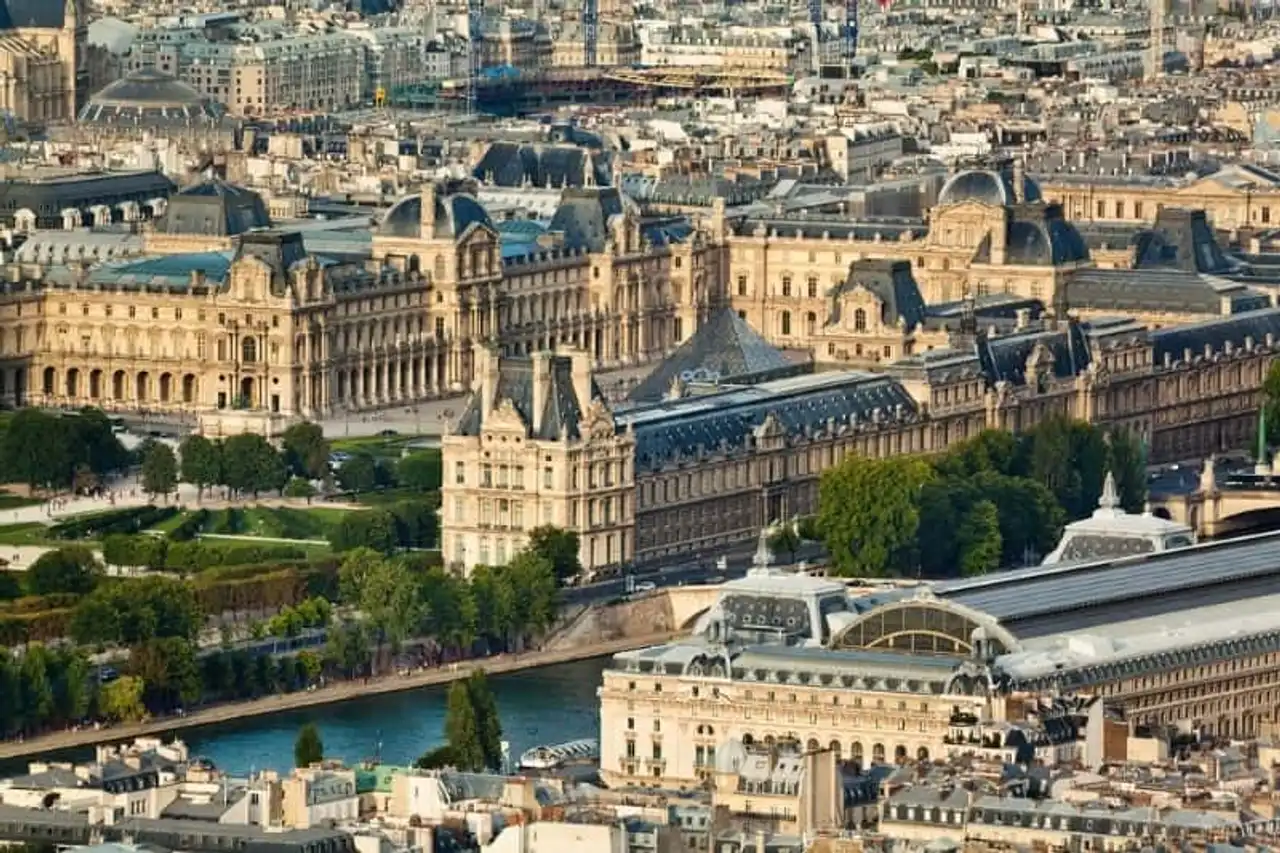
Photo credit: Shutterstock de Fischers
Opening days
The Louvre Museum is open from 9am to 6pm on Monday, Thursday, Saturday and Sunday. On Wednesdays, Friday and the first Saturday of the month, the doors close at 9:45. Start getting out from 5:30 or 9:30 depending on the closing hours. If you want to avoid too long queues, go to the Musée du Louvre from the opening.
Day of closure of the Louvre Museum
On Tuesday, the museum is closed.
Prices of the Louvre Museum
For people over the age of 18, the price of an entry is 17€. For minors, residents of the European Union under 26 years of age, persons with disabilities, job seekers and teachers in history and/or art, the entrance of the Louvre Museum is free of charge. For this, it is sufficient to present the necessary supporting documentation.
Good to know.
Since the Louvre Museum is very large, it is important to prepare your visit. Wanderlix reminds you of the most important points:
– Think about taking comfortable shoes, because you will be taken several kilometers during your visit. The Louvre Museum is one of the world’s largest museums. But reassure yourself, several spaces are planned so that you can
rest.
- It would take more than four days to visit the Louvre Museum in its entirety, and this, passing only 10 seconds in front of each work. If there are certain pieces that you absolutely want to see, prepare your itinerary in advance for nothing to miss.
- The museum closes some of its rooms for maintenance work. Check upstream the rooms that are closed so as not to have any bad surprises.
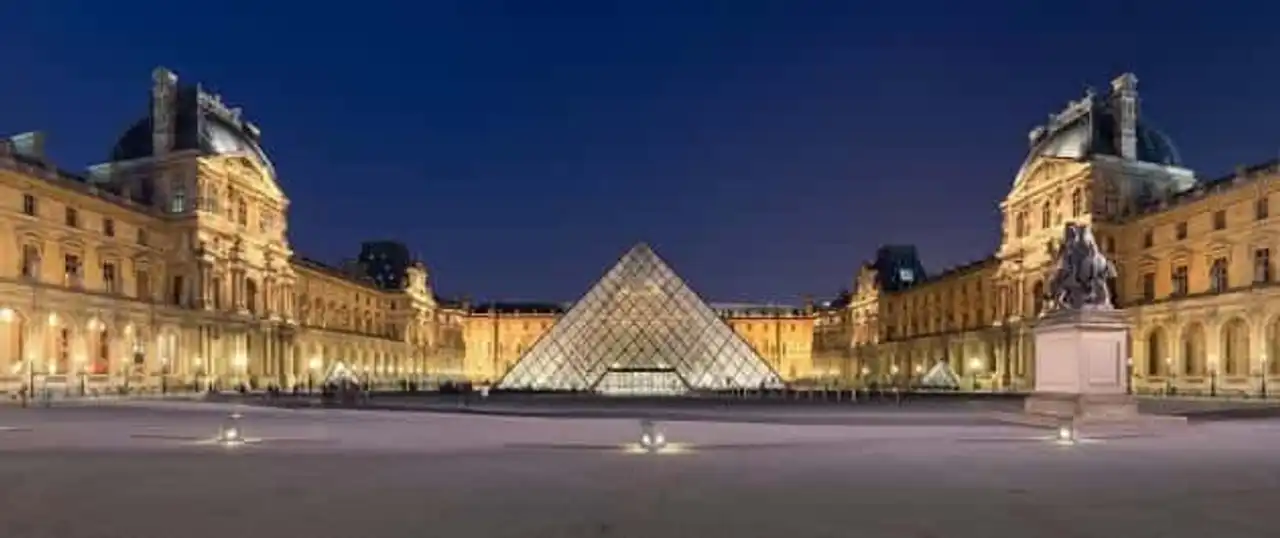
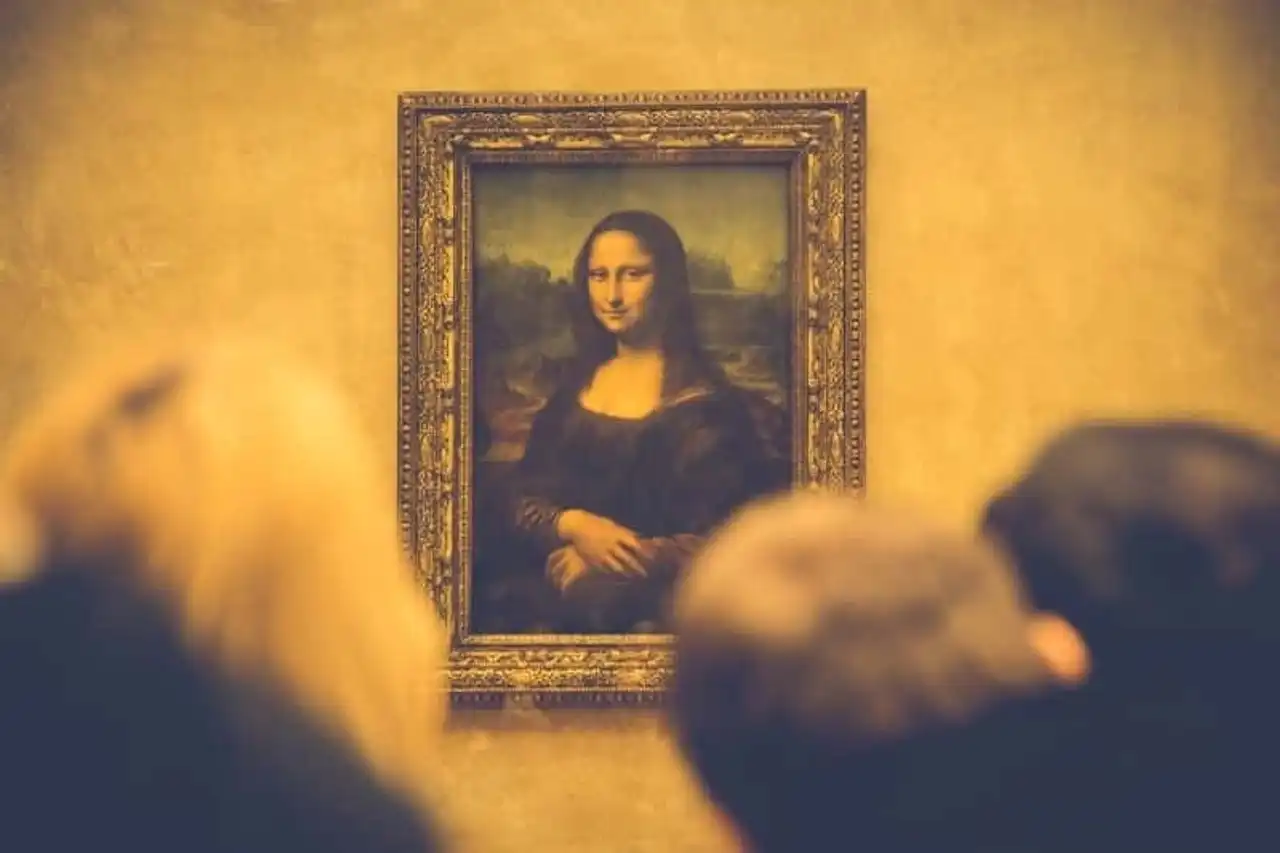
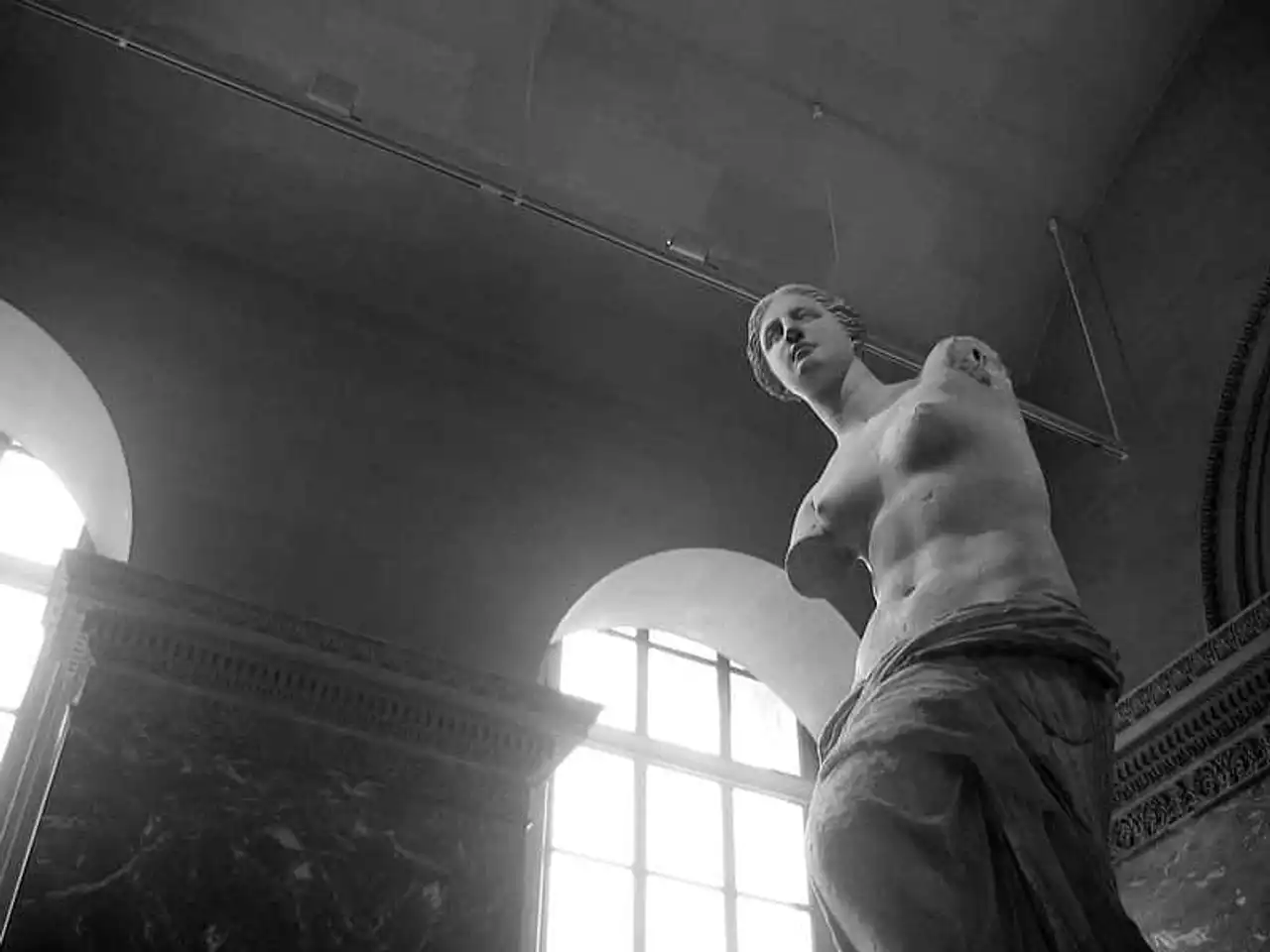
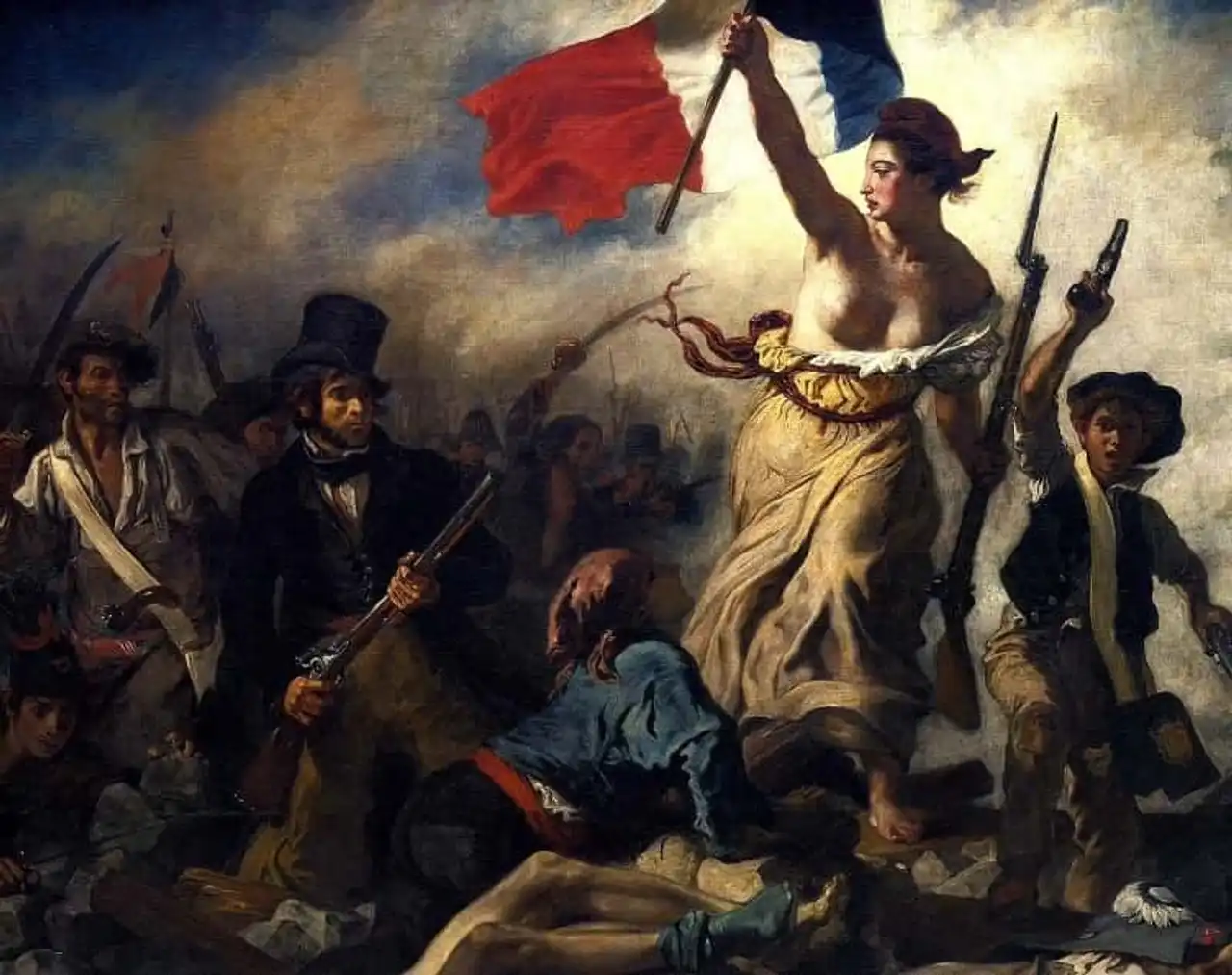
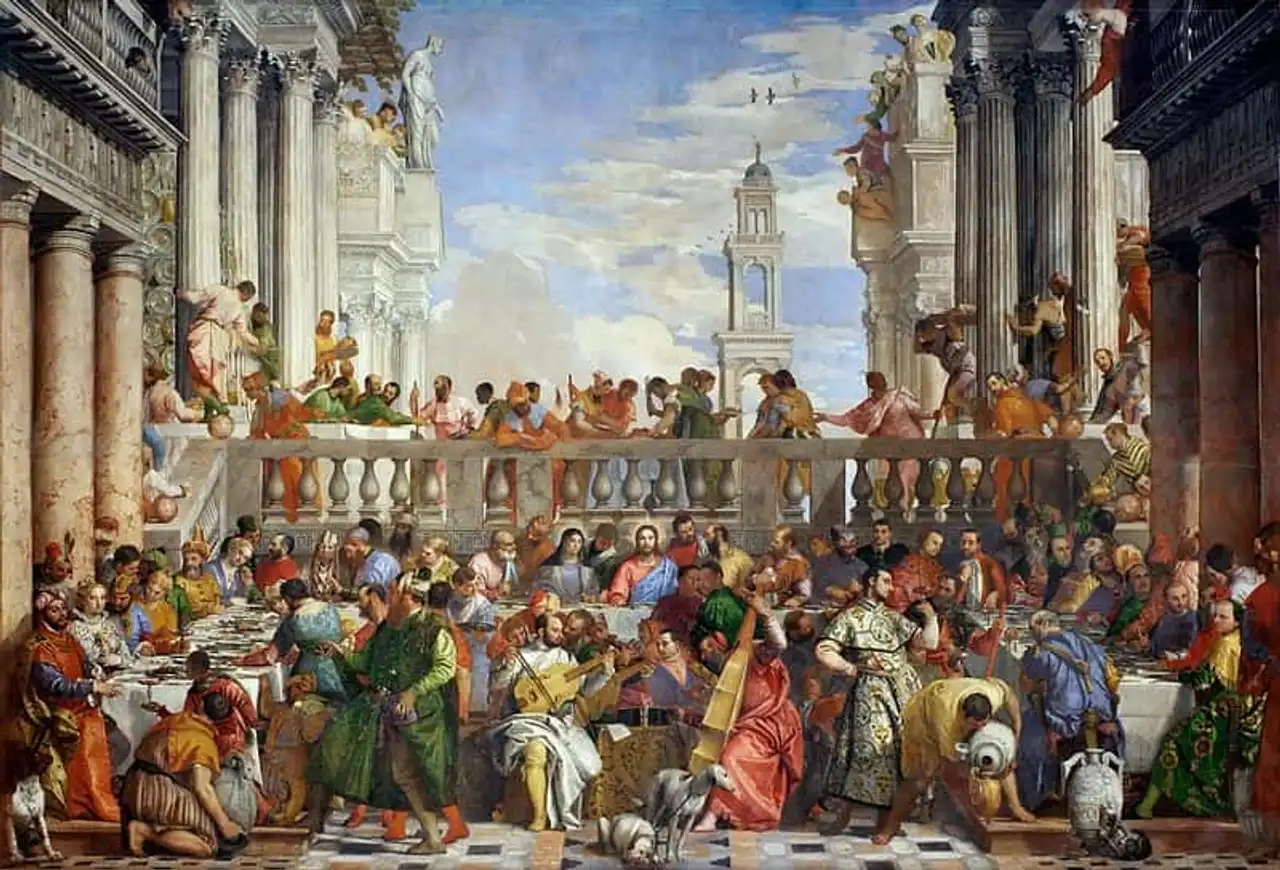







Loading comments ...